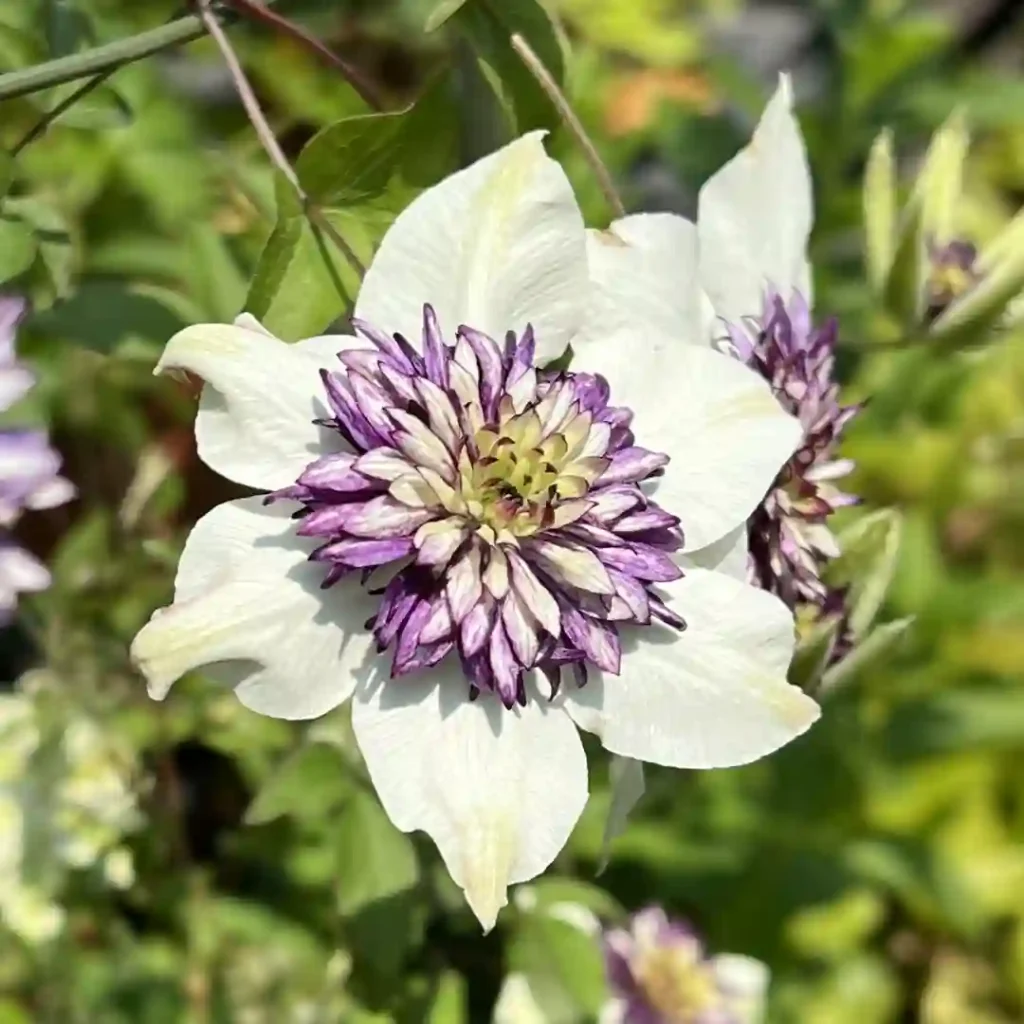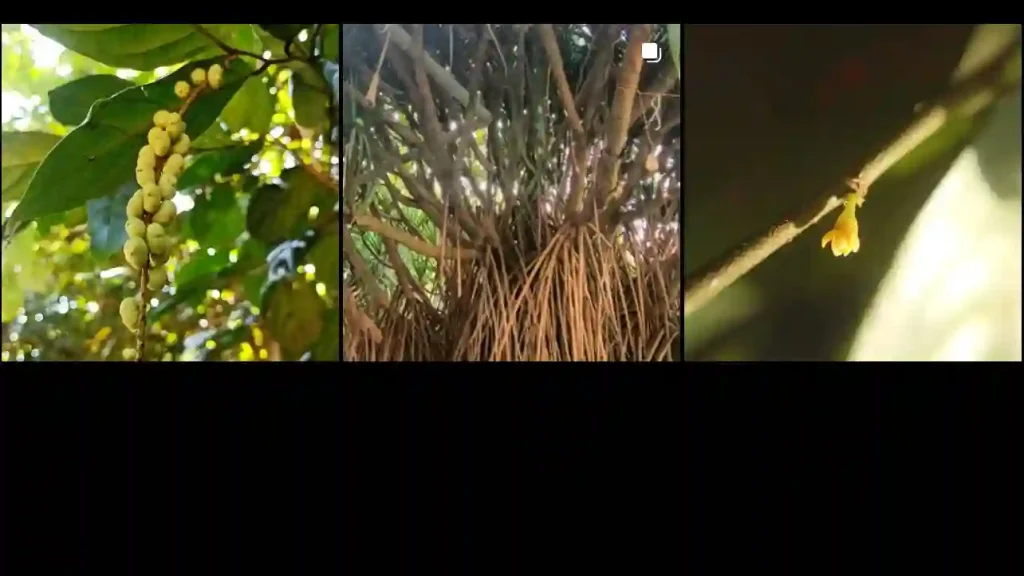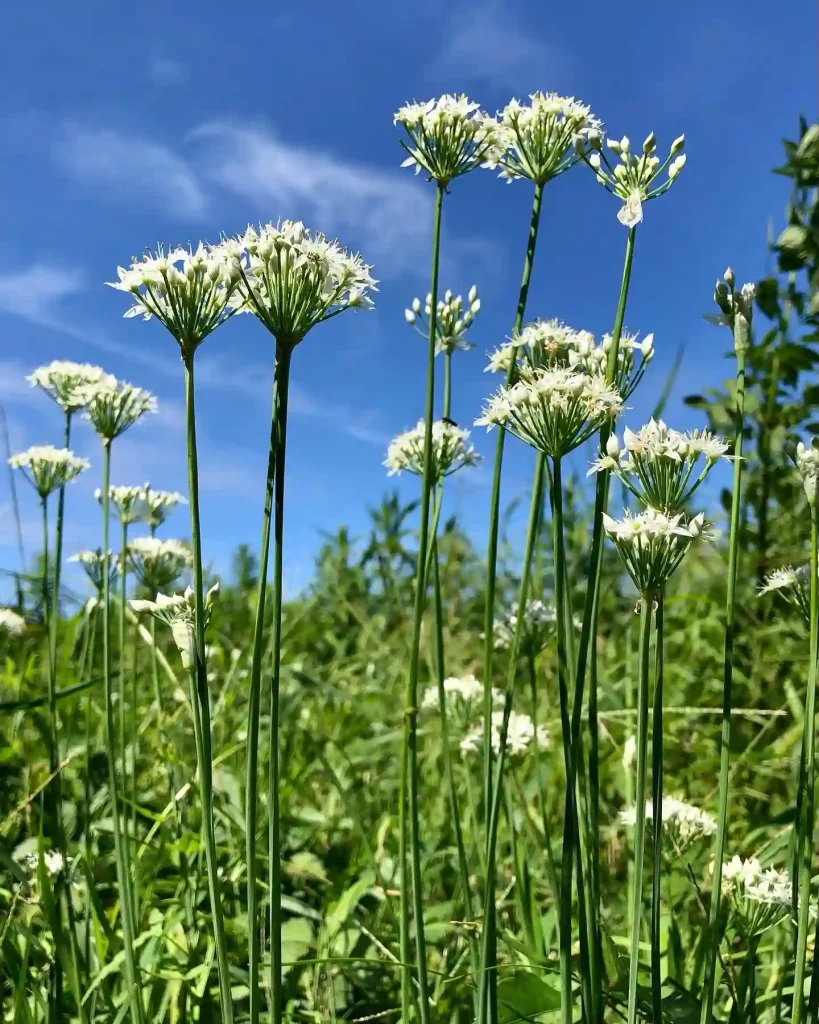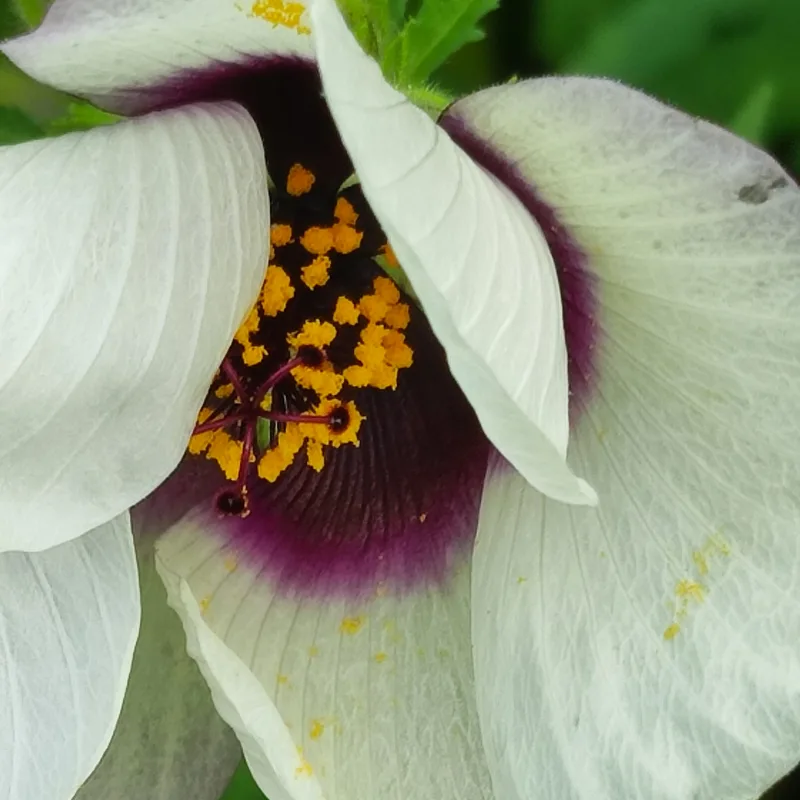
Echinacea Magnus: A Showstopper in the Garden, Not a Medicine Cabinet Staple
Echinacea Magnus, with its vibrant rosy-pink blooms and impressive stature, has become a mainstay in my perennial garden. It’s a magnet for pollinators, a source of continual summer cheer, and surprisingly low-maintenance. But as much as I adore this flowering beauty, I often see questions swirling around its medicinal properties. So, let’s set the record straight and explore what Echinacea Magnus excels at – adding a touch of floral brilliance to your landscape.
9 Species in Genus Echinacea
Echinacea Magnus vs Magnus Superior
When it comes to Echinacea Magnus vs. Magnus Superior, I’ve found that Magnus Superior really stands out in my garden. It’s like a more refined version of Magnus, with slightly larger flowers and a deeper pink hue that adds a vibrant touch. The petals seem to hold up better in the heat, which is a huge plus here. Magnus, while still lovely, sometimes gets overshadowed by its superior counterpart, especially during those sweltering summer days.
Echinacea Magnus vs Ruby Star
Comparing Echinacea Magnus to Ruby Star, I have to say Ruby Star is a real gem. It offers a more intense color, with its striking ruby-red blooms that pop beautifully against green foliage. Magnus has its charm with its classic pink tones, but Ruby Star’s rich color really makes it a standout in my garden. The contrast between the two is quite noticeable, and I find myself reaching for Ruby Star when I want to add a bit of drama and depth to my flower beds.
Can I Use Echinacea Magnus as Medicine?
While Echinacea purpurea, a close relative of Echinacea Magnus, has been traditionally used for immune support, the research is inconclusive. Echinacea Magnus, however, lacks the specific compounds found in E. purpurea believed to be responsible for these potential medicinal effects. It’s best to consult a healthcare professional for guidance on immune support and avoid mistaking Echinacea Magnus for its medicinal cousin.
How Tall Does Echinacea Magnus Grow?
Echinacea Magnus is a real giant in the world of coneflowers, reaching heights of 3-4 feet with sturdy stems that hold the blooms proudly upright. This impressive stature makes it a standout in the border, adding a touch of vertical interest and attracting attention from afar.
How to Plant Echinacea Magnus?
Planting Echinacea Magnus is a breeze. Here’s what I’ve found works best:
- Light: Full sun is ideal for Echinacea Magnus to thrive and produce its magnificent blooms. Aim for at least 6-8 hours of direct sunlight daily.
- Soil: Well-drained soil is key. If your soil tends to be heavy clay, consider amending it with some sand or compost to improve drainage.
- Planting time: Fall or spring are both suitable times to plant Echinacea Magnus.
- Spacing: Allow enough room for your Echinacea Magnus to grow to its full potential. Space plants 18-24 inches apart to create a beautiful display.
- Watering: Water deeply when planting and during the first growing season, especially during periods of extended drought. Once established, Echinacea Magnus is quite drought tolerant.
Is Echinacea Magnus Sterile?
No, Echinacea Magnus is not sterile. It produces viable seeds that can be used for propagation, although the resulting plants may not always be identical to the parent plant.
What is the Spread of Echinacea Magnus?
Echinacea Magnus can reach a spread of 18-24 inches, making it a good choice for filling medium-sized gaps in your flower beds or borders. It forms a nice clump and provides long-lasting color throughout the summer months.
When to Plant Echinacea Magnus?
As mentioned earlier, both fall and spring are suitable times to plant Echinacea Magnus. Fall planting allows the roots to establish before winter, while spring planting gives the plants a head start on growth before the summer heat arrives.
Beyond the Basics: Caring for Your Echinacea Magnus
With minimal care, your Echinacea Magnus will reward you with years of vibrant blooms. Here are some additional tips:
- Deadheading: Regularly deadheading spent flowers encourages continued blooming throughout the season. Simply snip off the faded flower heads just below the brown cone.
- Dividing: After several years, you may want to divide your Echinacea Magnus to maintain its vigor and prevent overcrowding. This can be done in early spring or fall.
- Winter care: Echinacea Magnus is a tough cookie and doesn’t require any special winter protection. Simply leave the spent flower stalks standing tall throughout winter. They add visual interest to the garden and provide shelter for beneficial insects.
Echinacea Magnus: A Gardener’s Delight
Echinacea Magnus is a true garden gem, offering a dazzling display of color, attracting pollinators, and requiring minimal maintenance. While it may not be a substitute for a medicine cabinet staple, its beauty and resilience make it a worthy addition to any sunny border. So, skip the dubious medicinal claims and focus on enjoying this stunning flower for what it truly is – a showstopper in the garden.
If i die, water my plants!



